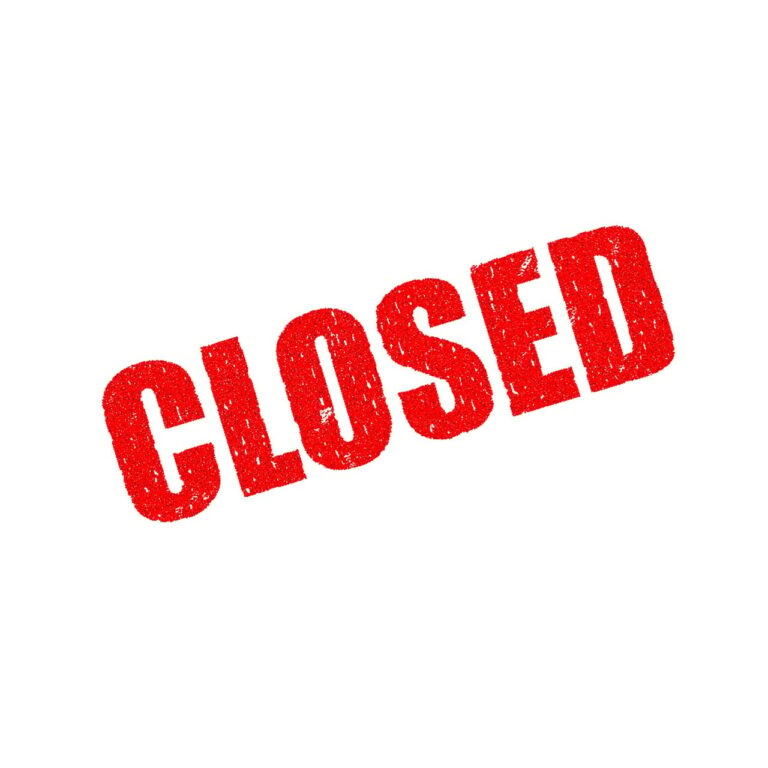Back Home by Chris Hardie
“Do you know where you are going?”
My assignment as an 11-year-old on a hot summer day was to rake hay. The sun was shining, the hay was cut and we were going to bale hay.
“I’m not sure,” I reluctantly replied to my father, who was always in a big hurry to get things done.
“I want you to rake the second east-west field at Dick’s first, and then rake the first and then follow with the third,” he said. “Rake the outer row in and then double up the first row. Then rake all of the rows single.”
He paused for a second to let that sink in and added, “You know what I’m talking about right? Next to the Long Field.”
“I think so,” I replied. I knew where Dick’s was – it was the land that used to belong to my great Uncle Dick who still lived nearby. The Long Field was the north-south field.
Dad sighed and licked his finger before drawing a map on the dusty hood of our old 640 Ford. “Here’s the exit from the road … here’s the Long Field and here are the east-west strips. You can’t miss it. Hurry up – we need to get that hay dry.”
I was pretty sure I could find it so I set off to drive the 1.5 miles to the fields and followed the map as best I could.
It’s easy to take for granted how connected we are today. We carry devices that can send messages or make calls to folks all over the world.
Cell phones are an essential communication tool for nearly everyone today, including farmers. That’s a far cry from 40 to 50 years ago on our farm when maps drawn on dusty hoods had to substitute for GPS maps. Calling someone when you had a breakdown was not an option – you did your best to fix it on the spot or you had to drive home – if your means of transportation was still running.
In 1977 when my parents invested in an irrigation system following a drought year, we would lay pipes through the woods to reach fields more than a mile away. Dad invested in some expensive walkie-talkies so the person starting the pump would know that the traveling gun was hooked up on the other end. But with the hills and distance, even those were mostly static.
We did have one form of communication on the farm that still exists. Outside of our back porch is a cast iron bell mounted at the top of a treated post. Back in the 1950s and 1960s, my great-grandmother or her daughter would pull the chain and ring the bell to summon the men to dinner.
Dinner, of course, was what I call lunch and was the biggest meal of the day. Roast, potatoes, vegetables, homemade bread – it was a midday feast. That was usually followed a few hours later – right before the evening milking – with a summon to “coffee”, which was coffee, milk and some kind of sweet treat.
The first year our family moved from Milwaukee to the family farm, we lived with my great uncle and aunt for a few months. Uncle Leland was a teaser, but as a 6-year-old it was sometimes hard for me to tell when he was serious.
The milk we drank came from the bulk tank and poured into plastic pitchers. Once the cream rose to the top, it was skimmed and used for baking. We drank skim milk.
Uncle Leland always said the last person who finished the pitcher had to milk the cows the next morning. I didn’t know how to milk a cow just yet, so I was always careful not to finish off the pitcher.
But one morning I forgot and Uncle Leland told me that I had to milk the first cow. I reacted the way that I usually did as a youngster when reacting to stress – I started crying. “But I don’t know how,” I blubbered.
Uncle Leland chuckled and said, “Don’t worry. You’ll learn soon enough,” and patted me on the back.
He was right. It was a few years later before I started carrying milker buckets, but washing them was soon my daily chore, along with prepping the cows to get ready for milking.
These days the old bell is as silent as the barn. It’s a favorite nesting spot for robins under the mouth.
But every so often, I pull the chain to swivel the bell and the clapper rings, sending deep tones up and down the valley. It brings back fond memories, even if the only people who come are the ghosts.
Chris Hardie spent more than 30 years as a reporter, editor


